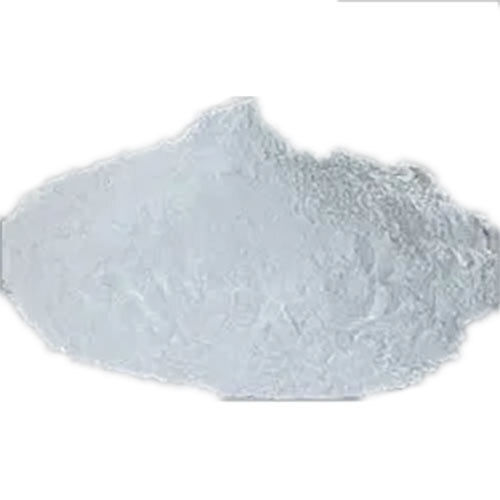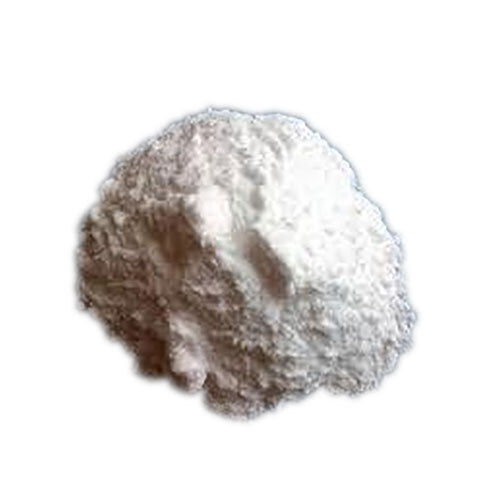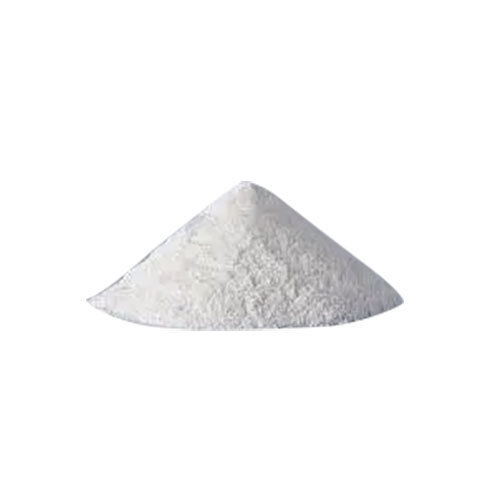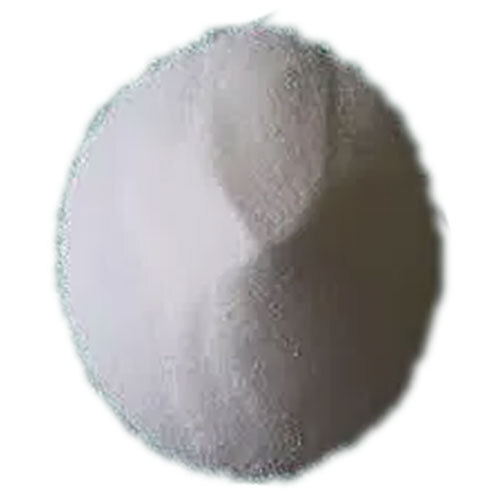
Sodium Aluminates
Product Details:
- Storage Room Temperature
- Solubility Insoluble in alcohol
- Structural Formula NaAlO
- Place of Origin India
- Melting Point 1,800 C
- Application Industrial
- Color White
- Click to view more
X
Sodium Aluminates Price And Quantity
- 100 Piece
Sodium Aluminates Product Specifications
- NaAlO
- White
- Insoluble in alcohol
- Room Temperature
- Industrial
- India
- 1,800 C
Sodium Aluminates Trade Information
- 1000 Piece Per Day
- 1 Days
Product Description
Sodium aluminate is a chemical compound with the formula NaAlO2. It is produced by the reaction of sodium hydroxide (NaOH) with aluminum oxide (Al2O3). The resulting compound can vary in its physical form, appearing as a white powder, granules, or in a crystalline structure, depending on the manufacturing process.
Sodium Aluminate Properties:
1. Chemical Formula: NaAlO2
2. Physical State: Sodium aluminate can exist in various physical forms, including a white powder, granules, or crystalline structures. The physical state depends on the manufacturing process and conditions.
3. Solubility: Sodium aluminate is soluble in water. This solubility is essential for its use in water treatment processes.
4. Aluminum Content: It is a source of aluminum ions. The aluminum content in sodium aluminate contributes to its effectiveness in various applications, such as coagulation and precipitation.
5. pH Regulation: Sodium aluminate can be used to adjust and regulate pH levels in different processes. It can act as both an alkaline substance and a source of aluminum ions.
6. Water Treatment Properties: In water treatment, sodium aluminate acts as a coagulant and flocculating agent. It helps in the removal of suspended particles, impurities, and other contaminants, promoting water clarification.
7. Wastewater Treatment: Sodium aluminate facilitates the precipitation of impurities in wastewater, aiding in their removal during wastewater treatment processes.
8. Paper Industry Use: In the paper industry, sodium aluminate is utilized as a sizing agent. It improves the water resistance of paper, contributing to its durability.
9. Catalytic Properties: Sodium aluminate can exhibit catalytic properties, making it suitable for certain chemical reactions where a catalyst is needed.
10. Safety Considerations: While generally considered safe when handled properly, users should follow safety guidelines, wear appropriate protective equipment, and ensure proper ventilation when working with sodium aluminate.
11. Environmental Impact: The use of sodium aluminate in water treatment contributes to environmental protection by promoting the removal of contaminants and impurities.
12. Alternative to Aluminum Sulfate: Sodium aluminate is sometimes used as an alternative to aluminum sulfate (alum) in water treatment applications. The choice between the two depends on specific treatment requirements and conditions.
Applications of Sodium Aluminate:
1. Water Treatment: Sodium aluminate is widely used in water treatment processes. It serves as a coagulant and flocculating agent, aiding in the removal of impurities, suspended solids, and contaminants from water. This application is crucial in both municipal and industrial water treatment.
2. Wastewater Treatment: In wastewater treatment plants, sodium aluminate is employed to facilitate the precipitation of impurities. It assists in the formation of flocs that can be easily separated from the wastewater, contributing to the purification of water before discharge.
3. Paper Industry: Sodium aluminate is used in the papermaking process as a sizing agent. It improves the water resistance of paper, enhancing its durability and preventing it from becoming too porous.
4. Catalysis: Sodium aluminate can act as a catalyst in certain chemical reactions. Its catalytic properties make it suitable for use in various industrial processes where catalysis is required.
5. Phosphorus Removal: In wastewater treatment, sodium aluminate is sometimes employed for the removal of phosphorus, which is an important step in preventing eutrophication in water bodies.
6. Textile Industry: In the textile industry, sodium aluminate can be used in dyeing processes and as a mordant to enhance the colorfastness of dyes.
7. Concrete Accelerator: Sodium aluminate is sometimes used as an accelerator in the setting and hardening of concrete. It can contribute to the early strength development of concrete mixes.
8. pH Adjustment: Due to its alkaline nature, sodium aluminate is utilized for pH adjustment in various industrial processes where controlling acidity or alkalinity is important.
9. Oil and Gas Industry: In the oil and gas industry, sodium aluminate may find applications in processes such as drilling fluids and cementing operations.
10. Metal Surface Treatment: Sodium aluminate can be used in the treatment of metal surfaces, providing protective coatings or enhancing certain metallurgical processes.
11. Fire Retardants: It is sometimes used in the formulation of fire retardant materials.
12. Adhesives and Sealants: Sodium aluminate can be included in the formulation of certain adhesives and sealants, contributing to their properties.
Sodium Aluminate FAQ:
Q: What is Sodium Aluminate?
A: Sodium Aluminate is a chemical compound with the formula NaAlO2. It is commonly derived from the reaction of sodium hydroxide (NaOH) and aluminum oxide (Al2O3). This white or colorless solid is used in various industrial applications.
Q: What are the common uses of Sodium Aluminate?
A: Sodium Aluminate has several applications, including:
- Water Treatment: It is used as a coagulant in water treatment processes to clarify water by removing impurities.
- Wastewater Treatment: Sodium Aluminate is employed to treat wastewater by facilitating the removal of suspended particles.
- Paper Industry: It is used in papermaking as a sizing agent to improve the water resistance of paper.
- Catalysis: It can be used as a catalyst in some chemical reactions.
- Phosphorus Removal: In wastewater treatment, it helps in the removal of phosphorus.
Q: Is Sodium Aluminate safe?
A: Generally, Sodium Aluminate is considered safe when handled and used properly. However, like any chemical substance, it should be used with caution. Protective equipment, such as gloves and goggles, should be worn, and proper ventilation should be ensured.
Q: What are the precautions for handling Sodium Aluminate?
A: Precautions include:
- Protective Equipment: Wear appropriate protective clothing, gloves, and eye protection.
- Ventilation: Use in a well-ventilated area to avoid inhalation of fumes.
- Storage: Store in a cool, dry place away from incompatible materials.
Q: Can Sodium Aluminate be used in drinking water treatment?
A: Yes, Sodium Aluminate is used in drinking water treatment. It helps in coagulation and flocculation processes to remove impurities, suspended particles, and other contaminants from water.
Q: What is the difference between Sodium Aluminate and Aluminum Sulfate (Alum)?
A: Both Sodium Aluminate and Aluminum Sulfate are used in water treatment, but they have different chemical compositions. Sodium Aluminate is based on sodium, aluminum, and oxygen, while Aluminum Sulfate is based on aluminum and sulfate ions. Their applications in water treatment may vary based on the specific requirements of the treatment process.
Q: Can Sodium Aluminate be used in agriculture?
A: Sodium Aluminate is not commonly used in agriculture. Its primary applications are in water and wastewater treatment, as well as in the paper industry and certain chemical processes.
Tell us about your requirement

Price:
Quantity
Select Unit
- 50
- 100
- 200
- 250
- 500
- 1000+
Additional detail
Mobile number
Email






